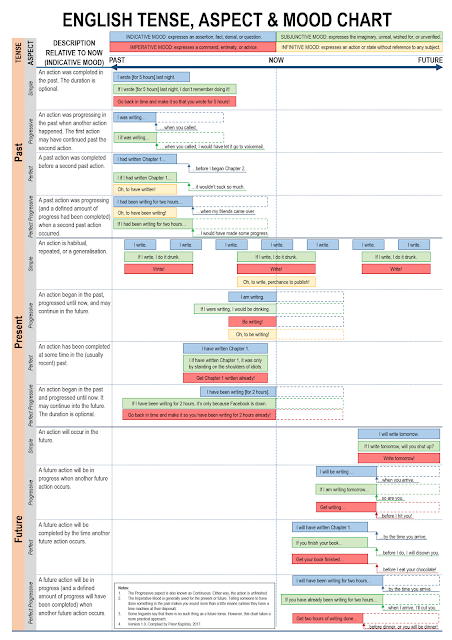Mixing Metaphors
After winning a bid at work recently, a company director congratulated me and my team for “working this one through to the keeper!” I don’t play a lot of sport, but even so I don’t know of any games where you want something to go to the keeper. This seemed like a good catalyst to write about mixed metaphors.
Metaphors, visual imagery and idioms are important elements of fiction. Without them, we are stuck in the stark, white hospital room of completely literal descriptions. Wait… without them we are stuck in the stark, white place… we are stuck… without them our writing is very boring.
But what happens when you drop two or more metaphors in close proximity? It’s inevitable that readers are going to combine them in their heads. This can have a variety of effects, both good and bad. As always, the important thing is whether the author gets the effect they were after.
When should these be used? Use them when you want to create a character who’s not quite as smart as he thinks he is, one who is not quite there, or at least one who throws together far too many idioms for her own good. A mischievous or tongue-in-cheek narrator can also get away with these.
When an author uses them accidentally, they become distracting to the reader. A good rule for serious imagery is that if you can’t draw it, don’t write it. Also, less is more. Building on one metaphor is usually stronger than throwing together 3 or 4.
Meaning: We need to disassociate ourselves from that person/thing, but it’s advantageous to wait a bit first.
Meaning: if you’re going to do something controversial, do it efficiently somewhere hidden, and don’t end up with blood on your hands.
Use these to create clever or witty characters who consider their words carefully.
Metaphors, visual imagery and idioms are important elements of fiction. Without them, we are stuck in the stark, white hospital room of completely literal descriptions. Wait… without them we are stuck in the stark, white place… we are stuck… without them our writing is very boring.
But what happens when you drop two or more metaphors in close proximity? It’s inevitable that readers are going to combine them in their heads. This can have a variety of effects, both good and bad. As always, the important thing is whether the author gets the effect they were after.
Incongruous
Some mixed metaphors are just so incongruous, strange or contradictory that they make for a confusing or humorous picture. E.g.- "Tim can always be counted on to take the ball and roll with it."
- “This revolution is a fragile sapling, and it’s up to us to fan it into flame.”
- “You're on very thin ice, and if you’re not careful you’re going to end up in hot water.”
- “Your insults roll of me like a duck.”
- “The crowned heads of Europe were shaking in their boots”.
- “She’s boiled it down to a fine art.”
- “It’s time to step up to the plate and lay your cards on the table.”
- “Necessity is the mother of strange bedfellows.”
- “How do you eat an elephant? You start with the low-hanging fruit.”
- “The virgin forest was pregnant with wildlife."
When should these be used? Use them when you want to create a character who’s not quite as smart as he thinks he is, one who is not quite there, or at least one who throws together far too many idioms for her own good. A mischievous or tongue-in-cheek narrator can also get away with these.
When an author uses them accidentally, they become distracting to the reader. A good rule for serious imagery is that if you can’t draw it, don’t write it. Also, less is more. Building on one metaphor is usually stronger than throwing together 3 or 4.
Clever
Some mixed metaphors are actually quite clever. The combined imagery actually makes sense and conveys a more nuanced meaning. E.g.- “Let’s burn that bridge when we come to it.”
Meaning: We need to disassociate ourselves from that person/thing, but it’s advantageous to wait a bit first.
- “It’s better to hit two birds with a stone in the bush than one in the hand.”
Meaning: if you’re going to do something controversial, do it efficiently somewhere hidden, and don’t end up with blood on your hands.
Use these to create clever or witty characters who consider their words carefully.



Comments
Post a Comment